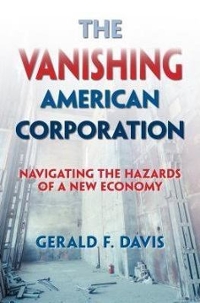Question
Consider the following game of advice between the government and the Chief Economist. Let t T = [0, 1] be the state of the world
Consider the following game of advice between the government and the Chief Economist. Let t T = [0, 1] be the state of the world drawn by Nature using the uniform distribution. The true value of t is revealed to the Chief Economist (CE) but not to the Government (G). The CE then sends a policy advice message m that can be any subset of the state space T. Upon receiving this message G takes implements a policy a R. The payoffs of the two players are U(G) = 100 (a t)^2 and U(CE) = 200 (a (t + b))^2 where b > 0 is the CE's preference bias.
(1) Define a messaging strategy in general for the CE. Use that definition to indicate when such a strategy is
(a) fully informative and [10 marks]
(b) babbling [10 marks]
(2) When do we say that the messaging strategy is interval partitioning? For a fixed b > 0 derive and discuss the most informative equilibrium. [40 marks]
(3) Now suppose b can vary. Derive the equilibrium that has precisely three intervals, and hence show that such an equilibrium can exist only if b < 1/12. [20 marks]
(4) Now suppose that the game is modified, as follows. It is common knowledge that with probability e > 0 the CE (with the same bias b as above) is completely ignorant like G (i.e. she is not informed about t before she sends her message) while with probability 1e she is just like the CE above who knows t perfectly before she sends her message. Without being formal, discuss how this affects informative equilibrium. [20 marks]
Step by Step Solution
There are 3 Steps involved in it
Step: 1

Get Instant Access to Expert-Tailored Solutions
See step-by-step solutions with expert insights and AI powered tools for academic success
Step: 2

Step: 3

Ace Your Homework with AI
Get the answers you need in no time with our AI-driven, step-by-step assistance
Get Started


